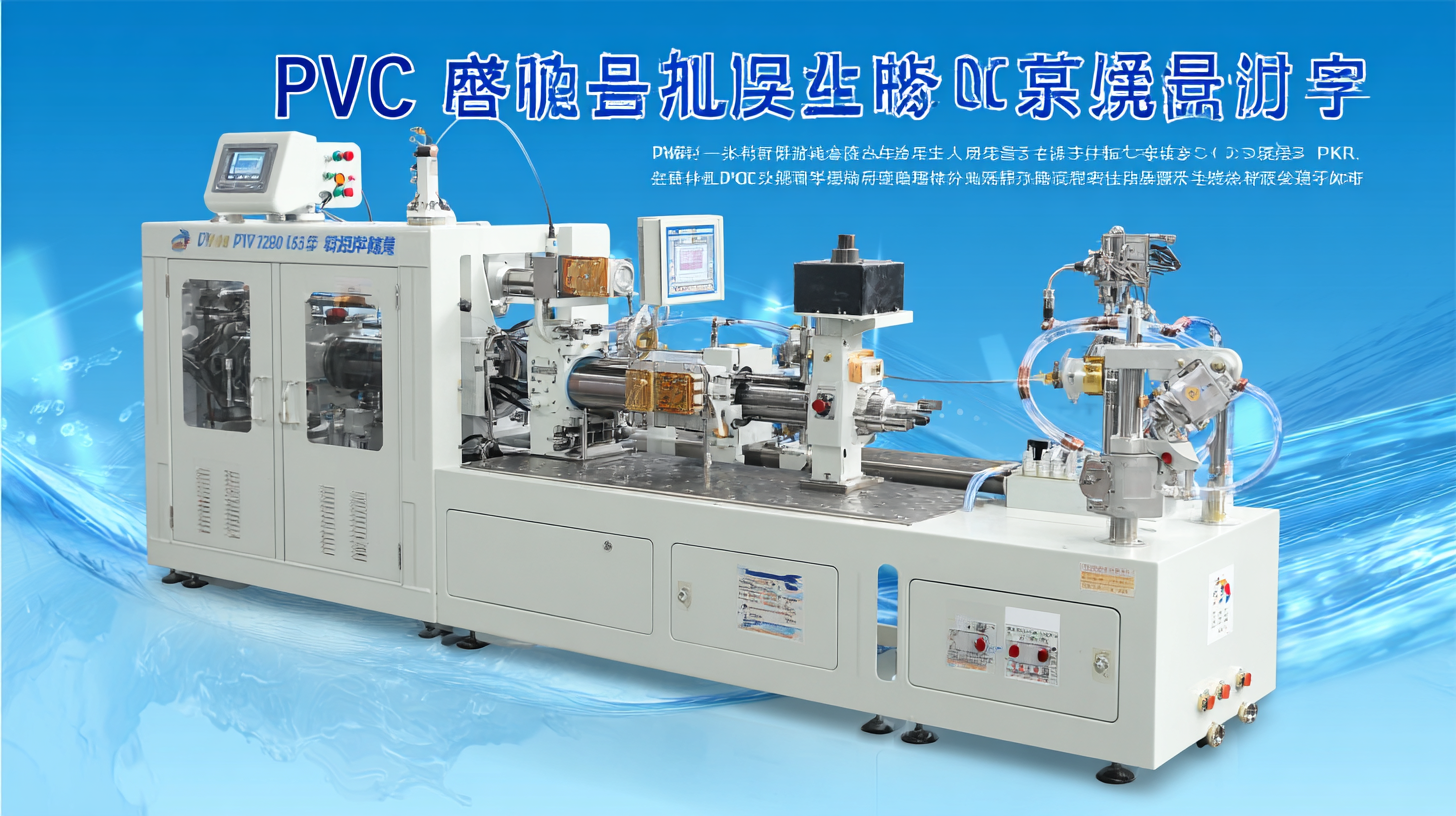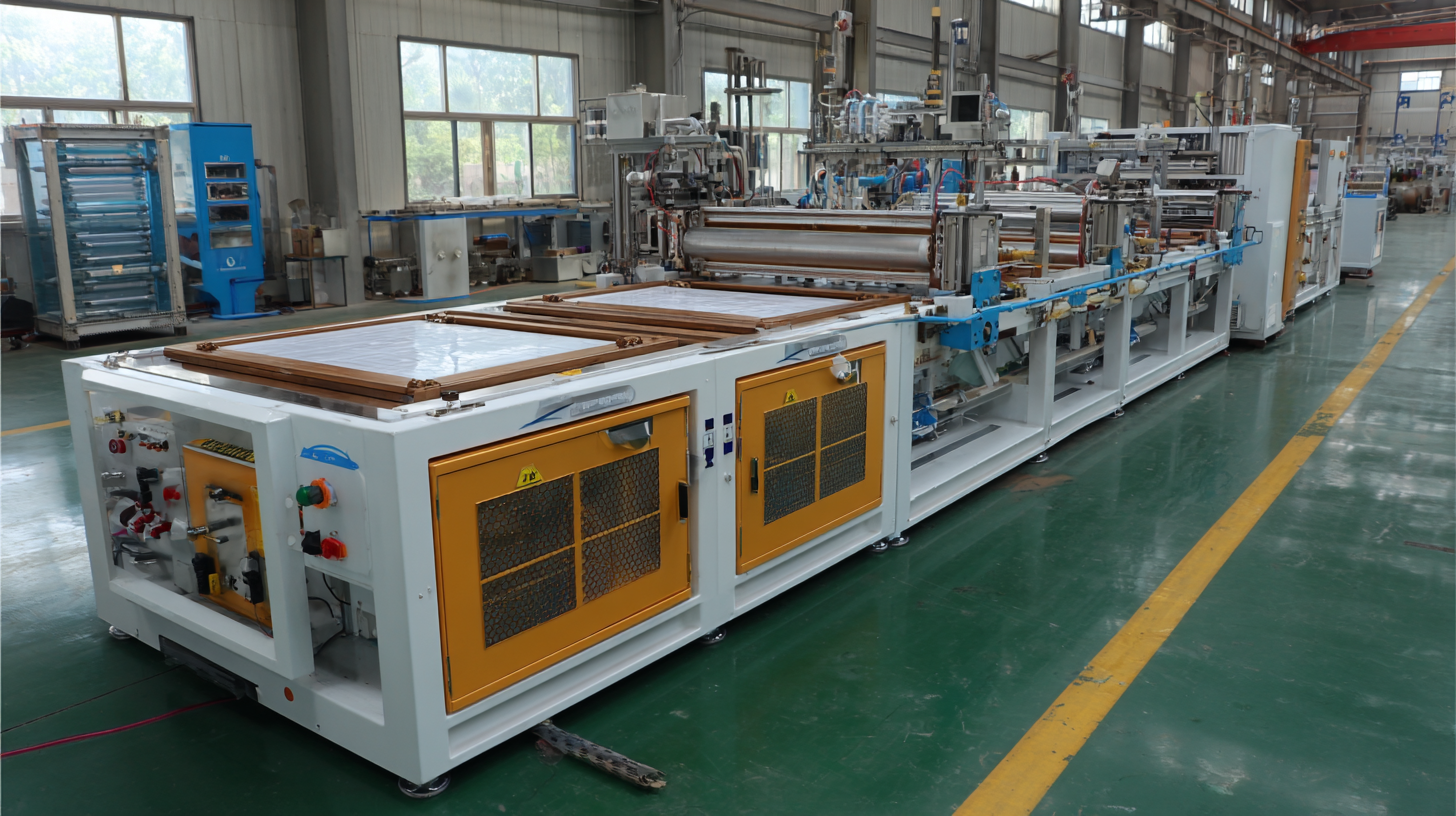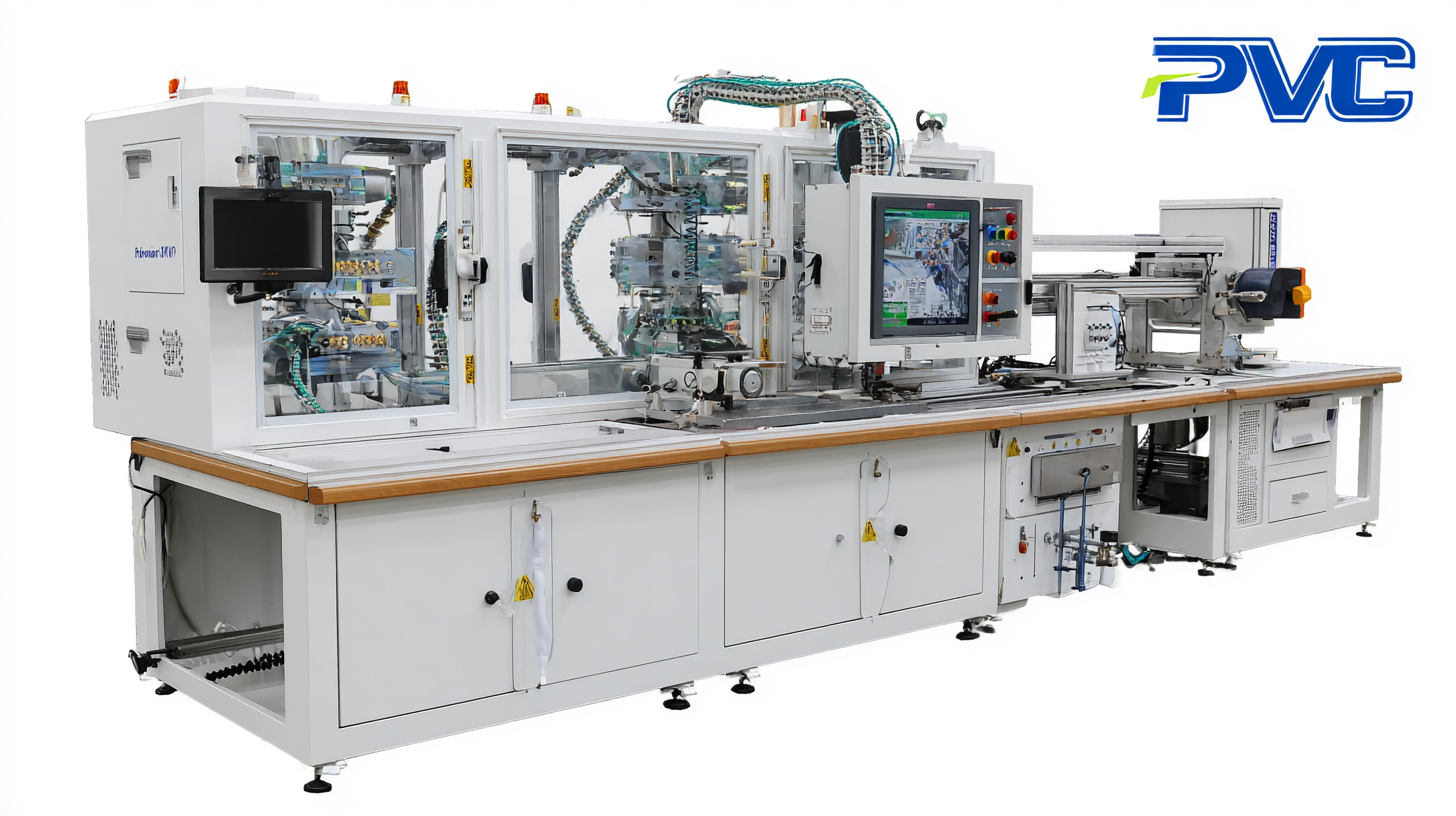
Unlocking the Secrets of Best PVC Cabinet Door Vacuum Membrane Press Machine Specifications and Usage Guide
In the competitive landscape of furniture manufacturing, the demand for high-quality finishes is driving innovation in production technologies. One of the key advancements is the PVC Cabinet Door Vacuum Membrane Press Machine, which not only enhances aesthetic appeal but also improves durability. According to market research, the global market for vacuum membrane press machines is projected to grow significantly, with a CAGR of 7.5% from 2021 to 2028, fueled by the increasing popularity of PVC cabinets in both residential and commercial spaces. Manufacturers are increasingly turning to these machines, which offer precision and efficiency in applying PVC films to various substrates, ensuring a consistent and high-quality finish that meets consumer expectations. This blog will explore the specifications of these machines, their usage, and why they are essential for modern cabinetry solutions in an industry that values reliability and excellence in craftsmanship.

Understanding PVC Cabinet Door Vacuum Membrane Press Machine Functionality for Optimal Results
When it comes to the production of PVC cabinet doors, the efficiency and quality of the vacuum membrane press machine play a crucial role. Understanding its functionality is essential for achieving optimal results. According to recent industry reports, the use of high-quality PVC membrane pressing equipment has led to a significant reduction in production time by up to 30%, enabling manufacturers to meet rising consumer demand effectively. The vacuum membrane press works by applying uniform pressure across the surface of the cabinet door, ensuring a consistent and flawless finish that enhances durability and aesthetic appeal.
Several specifications are critical for maximizing the performance of vacuum membrane press machines. For instance, machines equipped with temperature control systems and precise pressure settings often report a 15% increase in adhesion quality. Additionally, modern advancements such as automatic feeding and digital control interfaces have streamlined operations, allowing for seamless integration into existing production lines. Leveraging these features can not only enhance production efficiency but also reduce material waste, thus driving cost-effectiveness in manufacturing processes. This understanding of machine functionality is invaluable for any business aiming to optimize the quality and efficiency of their cabinet door production.
Performance Comparison of PVC Cabinet Door Vacuum Membrane Press Machines
This chart showcases the performance metrics of various PVC cabinet door vacuum membrane press machines, specifically focusing on heat distribution and vacuum pressure capabilities. Understanding these parameters is crucial for selecting the optimal machine for achieving high-quality results in cabinet door production.
Key Specifications to Look for in High-Quality Vacuum Membrane Press Machines
When investing in a vacuum membrane press machine for crafting PVC cabinet doors, it's essential to focus on key specifications that ensure high-quality performance. Primarily, look for a machine with a strong and efficient heating system. The heating plates should distribute heat evenly to prevent warping and ensure uniform adhesion of the laminate to the substrate. Additionally, pay attention to the pressure capacity; a machine that can maintain consistent pressure during the pressing process is crucial for achieving smooth finishes.
Another vital specification is the size of the machine. Ensure that it can accommodate the largest panel you plan to work with while still offering the versatility to handle smaller pieces. A user-friendly digital control system can enhance your workflow by allowing precise adjustments to temperature and time settings, which are critical for achieving the desired results.
**Tip:** Always check for a machine with a robust vacuum pump. This feature not only boosts efficiency but also improves the quality of the finished product by ensuring that air is effectively removed from the press.
**Tip:** Consider machinery with adjustable settings for different materials, as this will provide flexibility when working with various laminate types or thicknesses.
Unlocking the Secrets of Best PVC Cabinet Door Vacuum Membrane Press Machine Specifications and Usage Guide
| Specification | Details |
|---|---|
| Machine Type | Vacuum Membrane Press Machine |
| Max Pressure | 0.8 - 1.0 MPa |
| Heating Method | Hot Air or Infrared |
| Temperature Range | 20°C - 80°C |
| Table Size | 1200mm x 2400mm |
| Vacuum Pump Power | 5.5 kW |
| Weight | 1500 kg |
| Voltage | 380V / 50Hz |
| Control System | PLC with Touch Screen |
| Warranty | 1 Year |
Importance of Industry Certifications in Ensuring Compliance and Quality Standards
In today's competitive landscape, the significance of industry certifications cannot be overstated, particularly for businesses aiming to uphold compliance and quality standards. Certifications serve as a validation of a company's commitment to operational excellence and adherence to established guidelines. This is especially crucial in manufacturing sectors, such as those utilizing PVC cabinet door vacuum membrane press machines, where precision and reliability directly influence product quality.
The recent push for quality control compliance in various industries underscores the importance of maintaining high standards. Companies that secure relevant certifications can mitigate risks and enhance client trust, reinforcing their market position. For instance, organizations involved in medical devices and laboratories are increasingly required to achieve compliance with stringent regulatory frameworks, ensuring their practices meet quality and safety benchmarks. As such, a clear understanding of industry certifications directly translates to improved operational practices and customer satisfaction.

Analyzing Performance Metrics: Efficiency and Output of PVC Cabinet Door Machinery
The efficiency and output of PVC cabinet door machinery are critical metrics that directly impact production quality and profitability. According to the latest industry reports, high-performance vacuum membrane press machines can achieve an impressive cycle time of just 20 to 30 minutes per door, significantly reducing labor costs and boosting overall output. Furthermore, machines with advanced pressure control systems have been shown to increase material adherence by up to 30%, which not only enhances the aesthetic appeal of the doors but also improves their durability.
When selecting a PVC cabinet door vacuum membrane press machine, consider key performance metrics such as operating pressure, temperature regulation, and the ability to accommodate different material thicknesses. A machine with a pressure range of 0.4 to 1.0 MPa is ideal for ensuring consistent results across various applications.
Tips: Always calibrate your machine according to the material specifications to optimize performance. Regular maintenance and timely updates to software controls can also prevent downtime and ensure long-term efficiency. Additionally, investing in training for your operators can lead to better handling of the machinery, ultimately maximizing both output and quality.

Best Practices for Operating Vacuum Membrane Press Machines to Maximize Longevity
Operating a vacuum membrane press machine can be a game-changer for woodworking projects, particularly when working with PVC cabinet doors. To maximize the longevity and efficiency of these machines, it’s essential to follow best practices throughout the operational process.
First and foremost, regular maintenance is crucial. This includes cleaning the machine after each use to prevent buildup of dust and residues, which can affect its performance. Lubricating moving parts and checking for any signs of wear or damage will help ensure the machine runs smoothly and prolong its service life.
Another key practice is to maintain optimal operating conditions. Ensure that the temperature and pressure settings are correctly calibrated according to the type of material being used. This not only improves the quality of the finished product but also reduces the risk of damaging the machine itself.
Additionally, invest in high-quality vacuum films and adhesives suited for your specific job; using subpar materials can create unnecessary strain on the machine and result in lower-quality outcomes.
With these strategies in mind, you can effectively enhance the performance of your vacuum membrane press machine and enjoy consistent, high-quality results for years to come.
